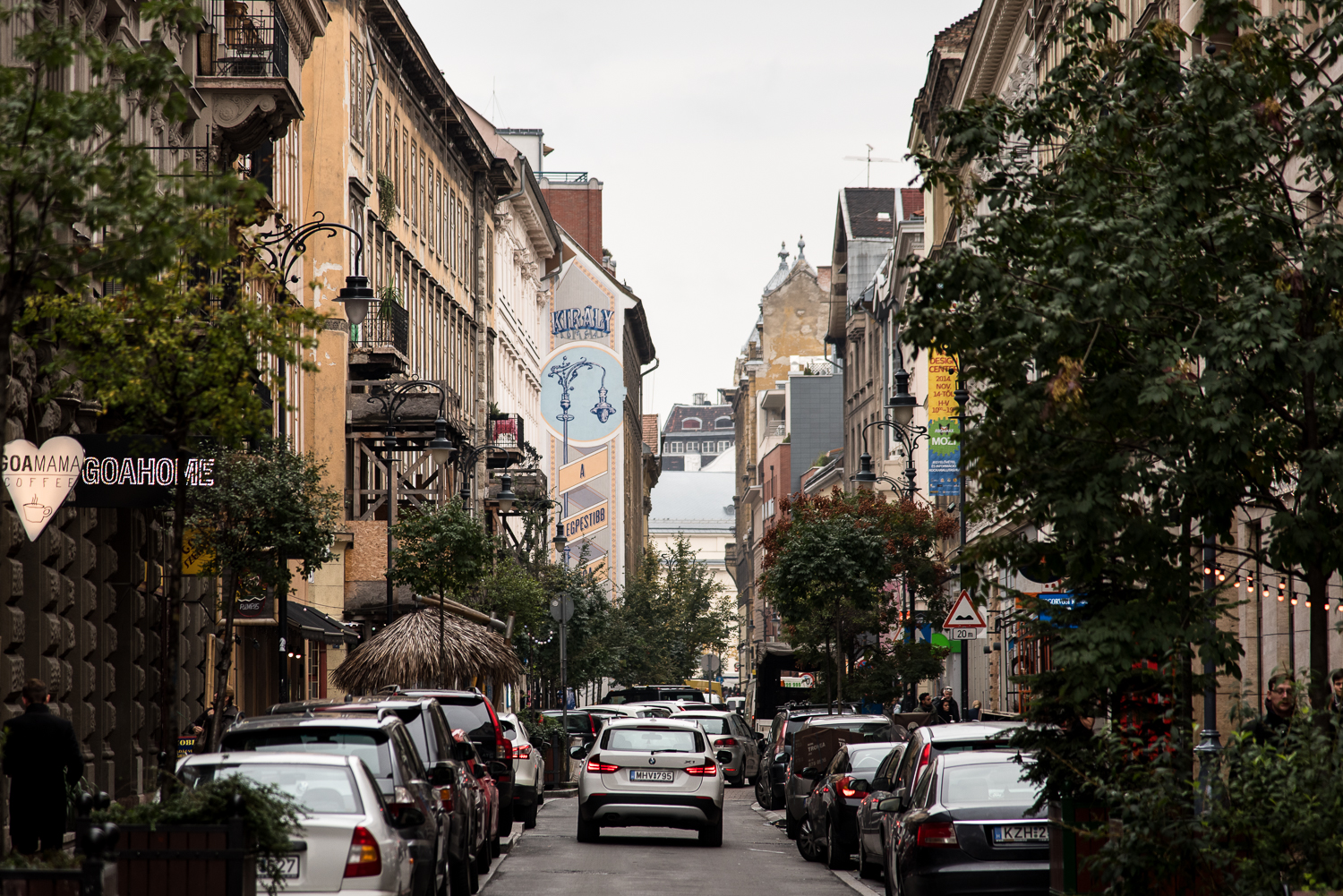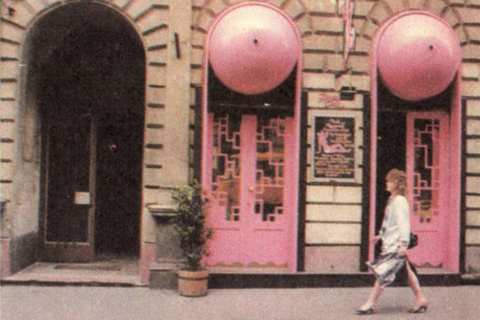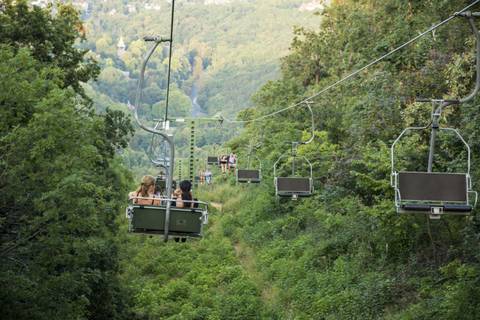Surely it must have occurred as you walked around Budapest that you stopped under a street sign and wondered what on earth it meant. Of course, many are named after famous Hungarians – Széchenyi, Semmelweis or Kossuth – but others seem completely random, even to locals. In the first of a continuing series, we delve into the wonderful world of Budapest’s toponymic terminology.
Size matters: Alig utca
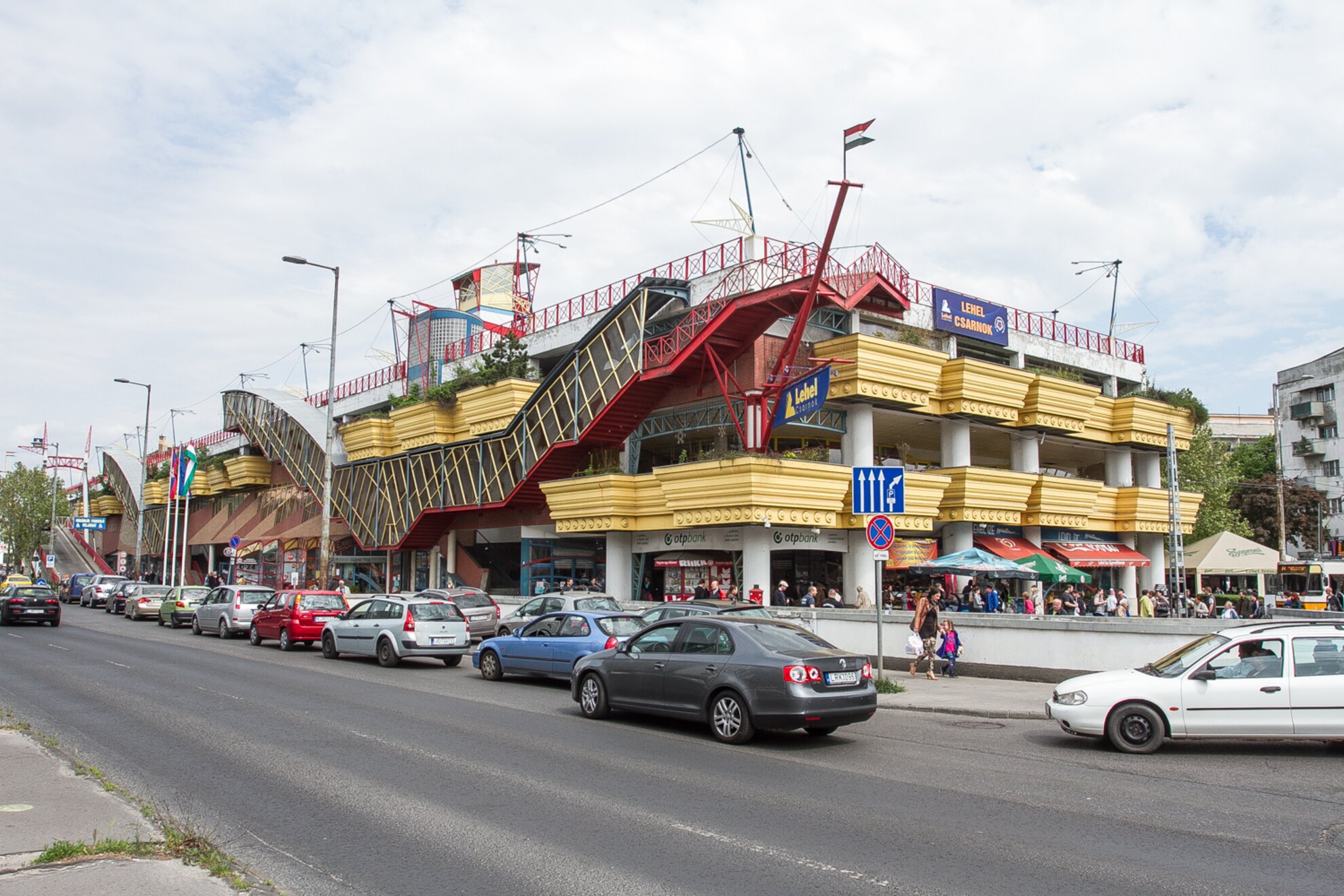
Few quarters have
such imaginative street names as District XIII. Take Alig utca (‘Not Quite Street’),
the smallest thoroughfare in the vicinity. Of course, it got its name because it’s
very short, with just one corner, barely longer than Anker köz in the city
centre, only this one is arrow-straight.
Alig utca is located opposite Lehel
market, with Váci út and Visegrádi utca running at right-angles, Victor Hugo
and Röntgen utca parallel. Perhaps there’s some sense of injustice here: although
Röntgen (‘X-Ray’) utca is exactly the same length as its neighbour, it wasn’t
insulted by its size when it came to naming it.
One letter fits all: Ó utca
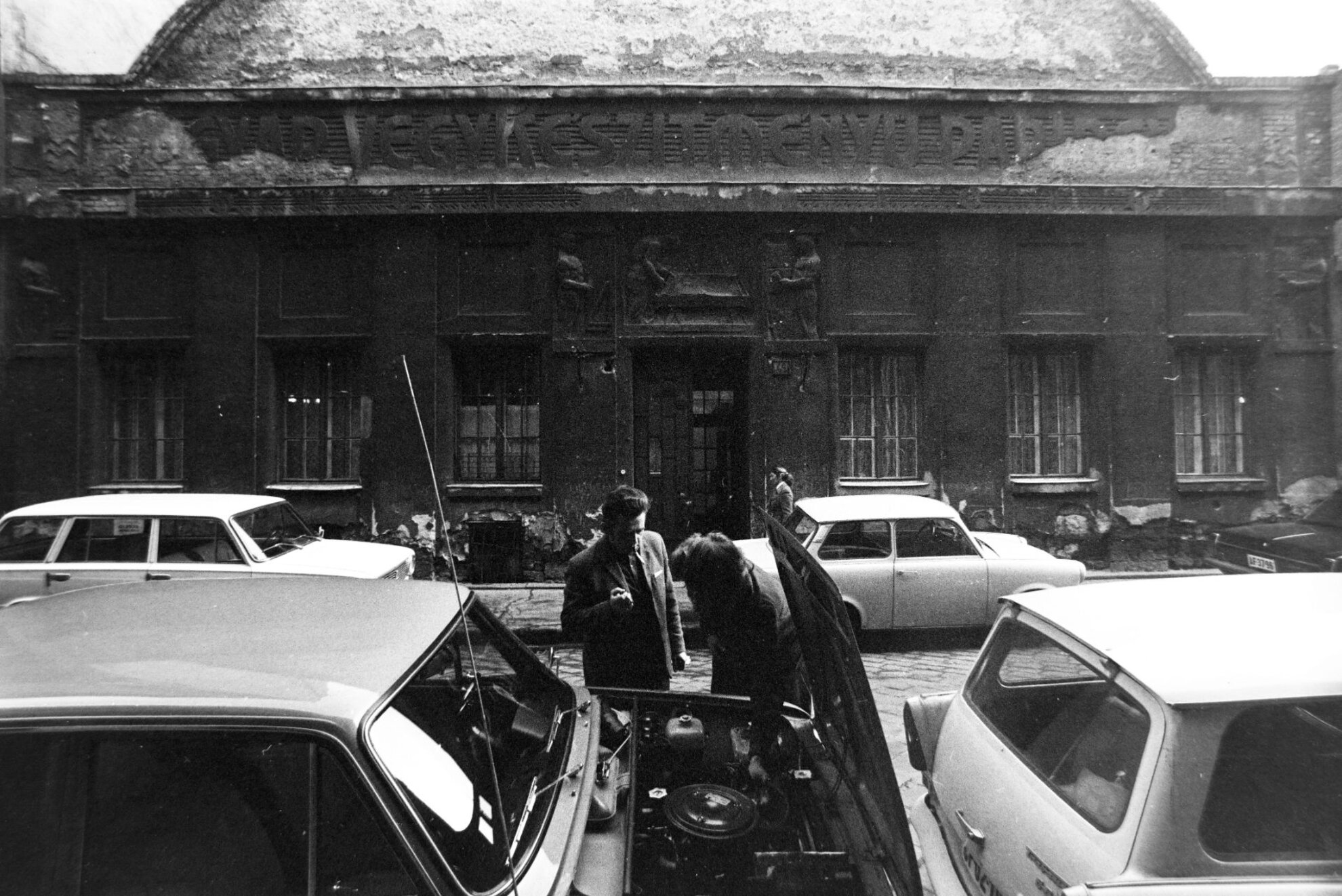
There are short
streets and streets with short names. Ó utca displays the shortest street sign in town.
It connects Jókai utca with Bajcsy-Zsilinszky út, with Zichy Jenő running on
one side and Mozsár utca running parallel on the other.
The origin of Ó utca is
a curious one. In the second half of the 1700s, Terézváros, today’s District
VI, was already in existence. As more and more new streets were created, they
were named after the business located here, an inn or pub, say. But if there
wasn’t, every new street was renamed Új utca, ‘New Street’. Pretty soon, these had
begun to proliferate.
The later Ó (‘Old’) Street was also called New Street at
first. When Zichy Jenő utca parallel to it was created, it was first named
Új utca, too. Two streets of the same name so close together were one too many
for the good citizens of Terézváros, so the former New Street was renamed Old
Street (Alt Gasse) with noble simplicity. It finally became the Hungarian equivalent, Ó utca, in 1874 with a simple mirror translation – this single-letter word being the more archaic,
poetic way to describe ‘old’.
Pub & inns: Fortuna & Király utca
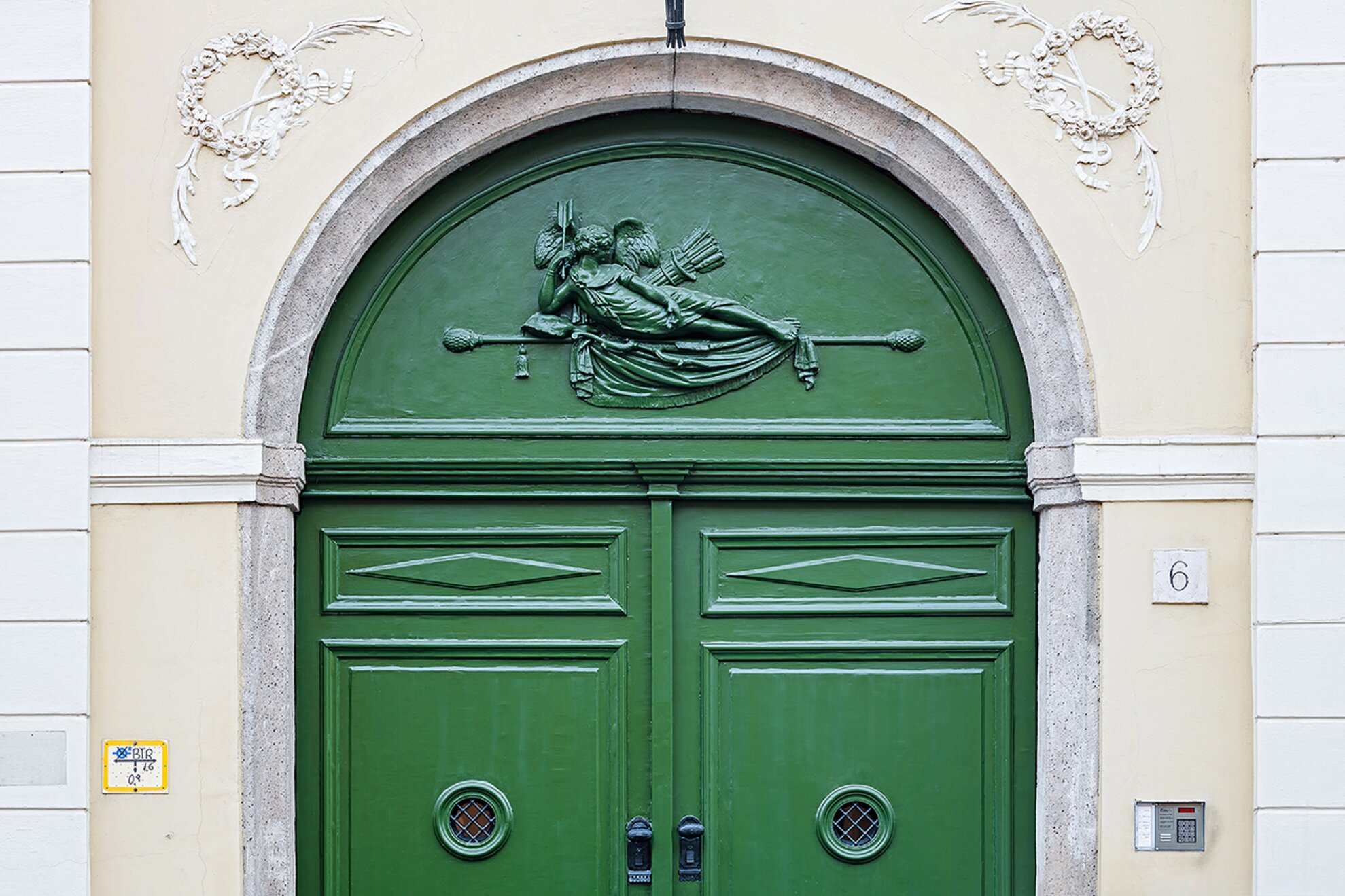
As mentioned above,
some streets got their name from any popular inn along them. There still are
several to this day, including two particularly prominent ones, one in Buda,
the other in Pest.
Fortuna utca is
located in the Castle District, connecting Bécsi kapu tér by the Vienna Gate with
main Szentháromság tér by Matthias Church. It is one of the oldest streets in
the city, dating back to the Middle Ages. Over the centuries, its name changed
from Francia utca to Szent Pál utca to Bécsi utca. Then the City of Buda bought
a house on the corner of today's Fortuna utca, which it was converted into a tavern christened Fortuna, the goddess of fortune. At that same time in
1785, the street was also renamed.
The inn became the loveliest one on the
Buda side thanks to its nicely furnished rooms, well-equipped
stables and unparalleled panorama from its garden. Although the place closed in
1868, the name of the street has survived to this day.
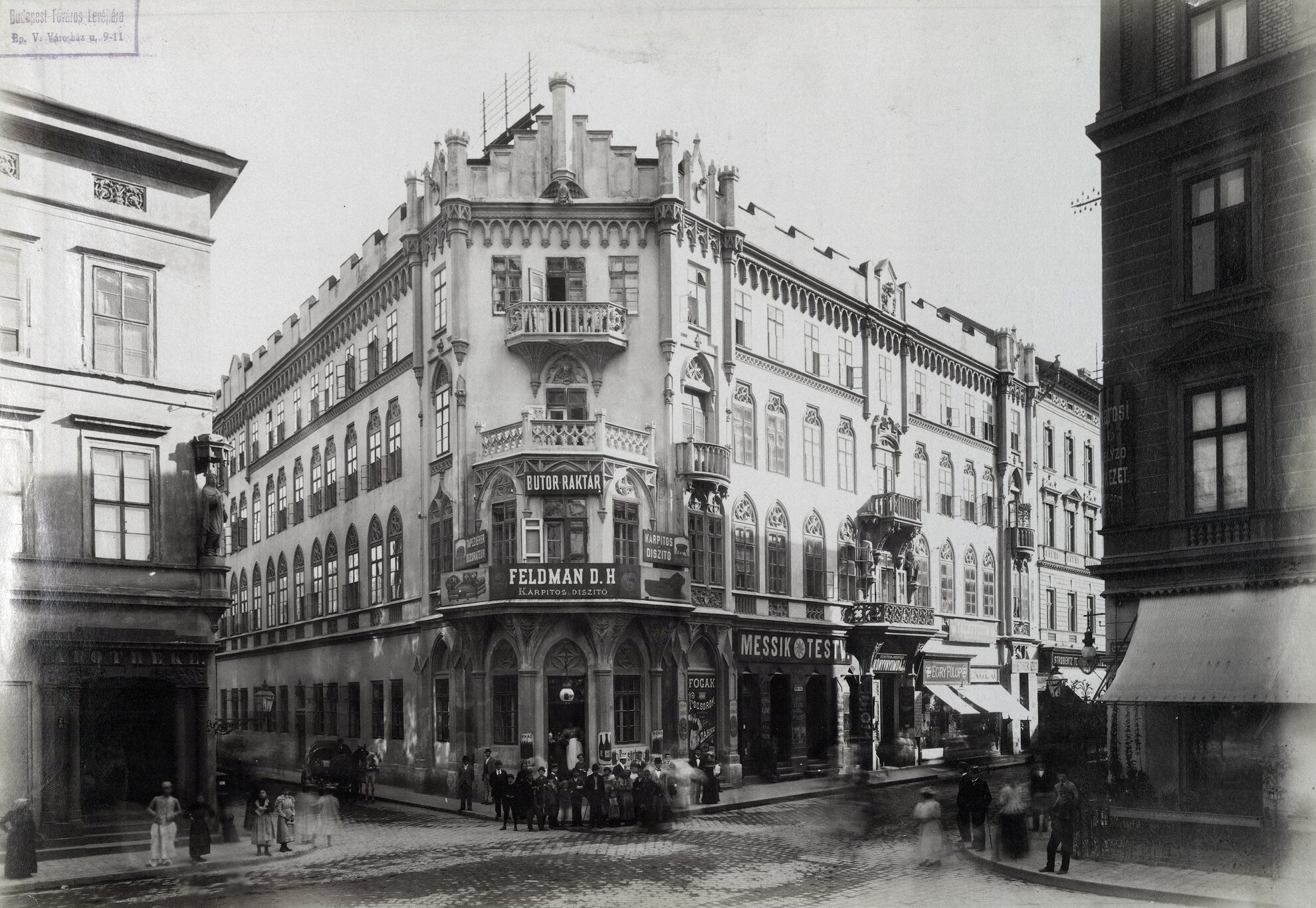
Király utca, which
forms the border between Districts VI and VII in Pest, is not named after any
Hungarian king (király) or any royal achievement. If anything, the name has
more to do with the English king, if indirectly. The street, built in the late
1780s, was renamed Angol utca (Englische Gasse, ‘English Street’) after the Fogadó
az Angol Királyhoz (‘King of England Inn’).
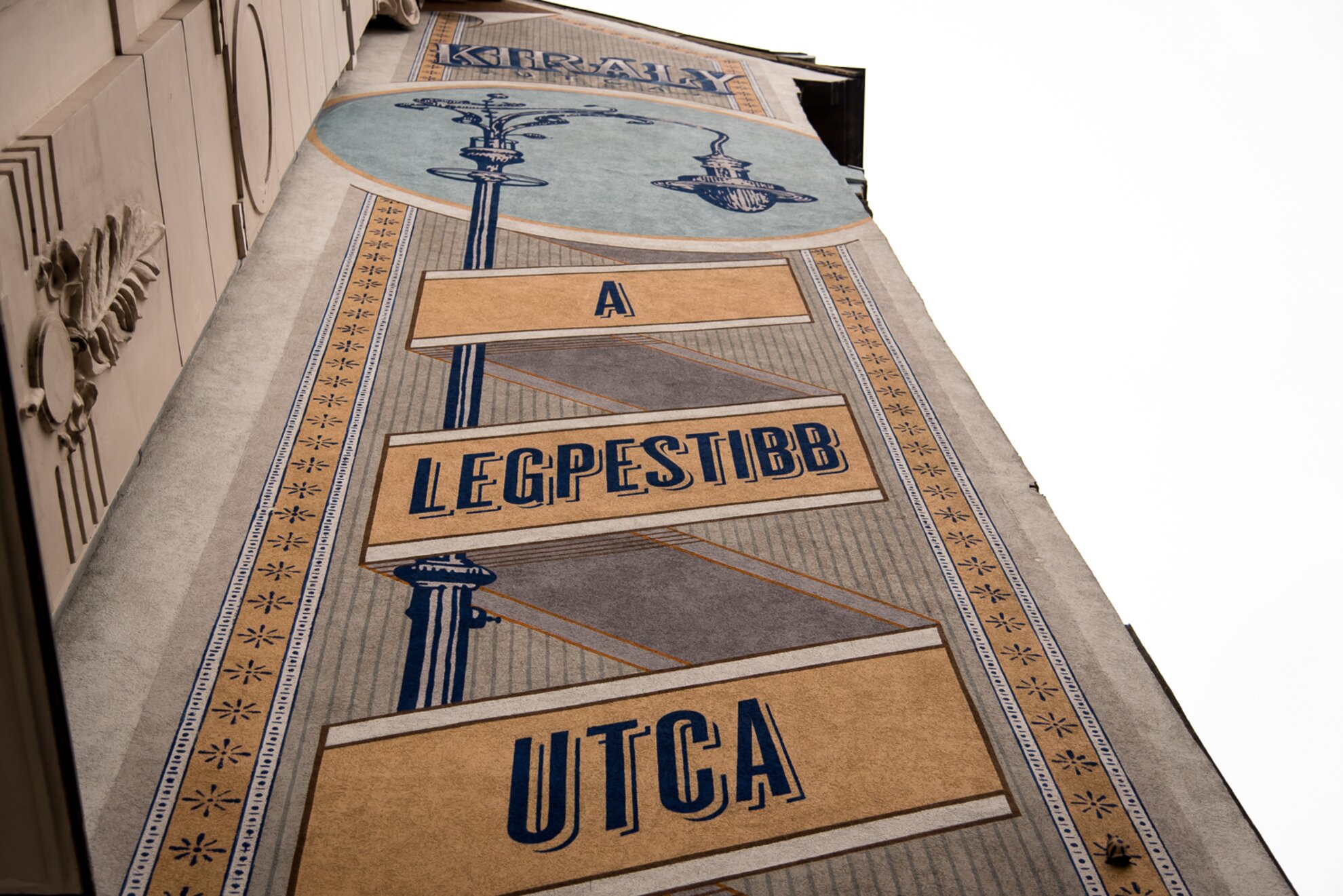
The word King (König) was added to the street name shortly afterwards, though this was slightly altered by one letter to Engelische König Gasse, ‘Angel King Street’ – ‘Angel Street’ in everyday parlance. This then became Englischer (‘English’) König Gasse in 1810, then ‘Three Kings Street’ (Drei Könige Gasse) ten years later. The number was then dropped, the plural, too, until eventually, in 1874, it became the Hungarian Király utca.
Where a pub was: Kapás utca
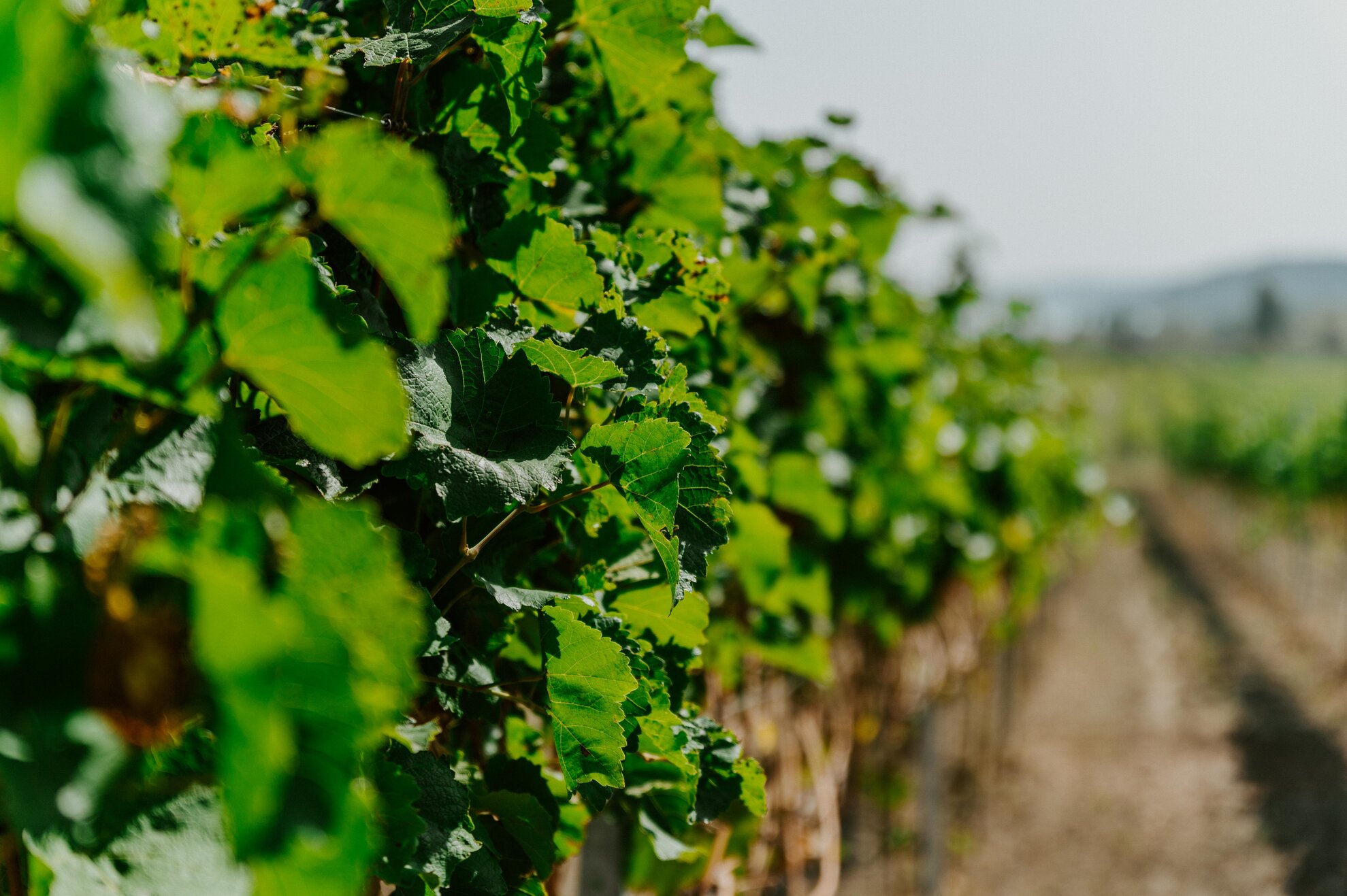
Kapás utca in
District I has a similar history to Fortuna and Király utca, with one important
difference. As the street name refers to a catch, bite or grab, it might have had
several origins. One is the nearby Danube, where the people of Buda must have
fished a lot. Another is the vineyards which once covered the Buda hills, where
many agricultural workers used a hoe (kapa).
The truth, however, is that
there was a pub here, the Három Kapás (‘Three Bites’), which lent its name to
the street in 1874. The pub itself had gained its name from the fact that the
Three Bites catered to local vineyard workers. In the 1890s, the phylloxera plague
swept across Europe, devastating the wine industry. No vineyard, no pub.
Gas & mail: Légszesz & Gyorskocsi utca
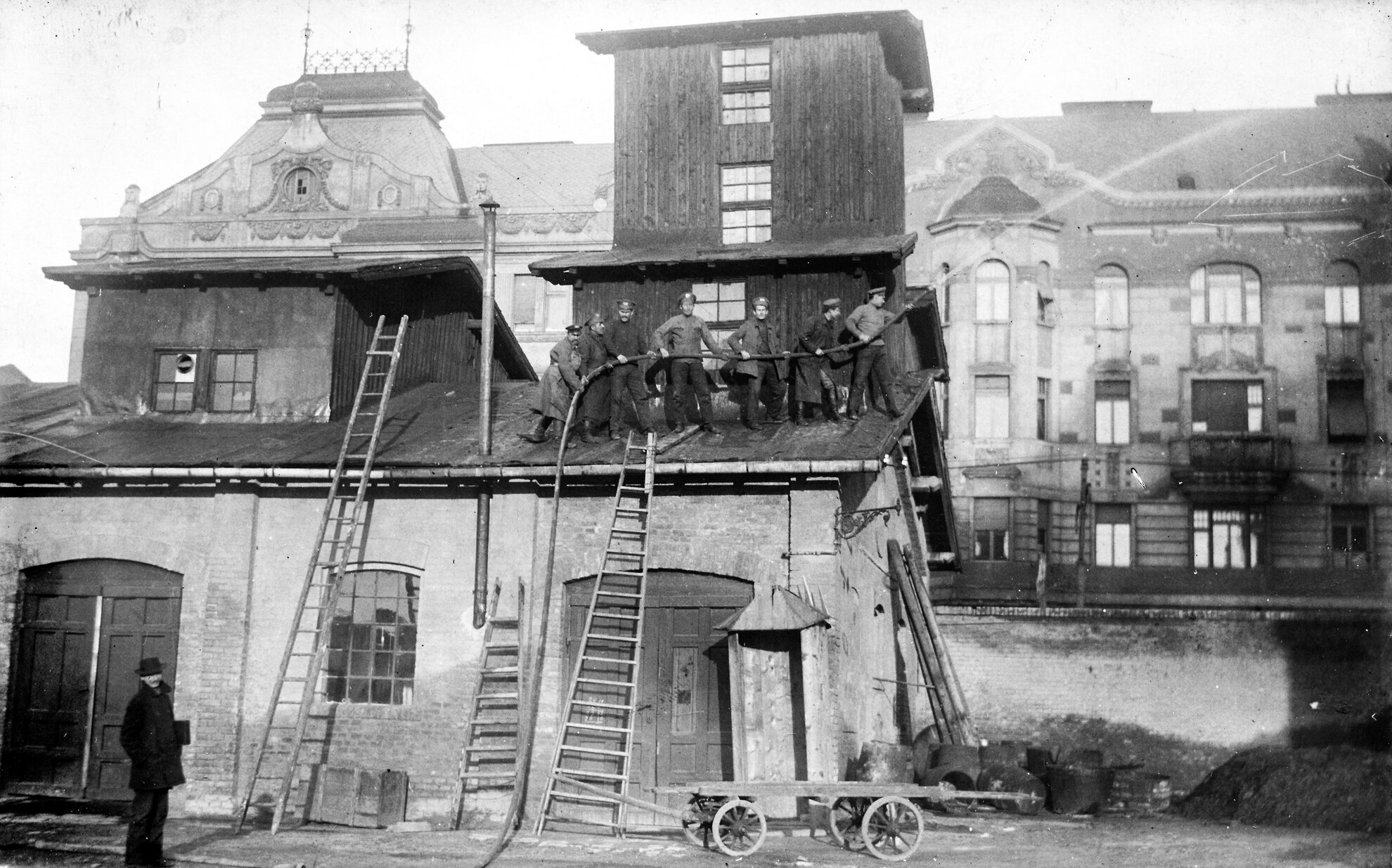
Certain streets
have special names all over the city, their origins not immediately clear, not even to Hungarians. One example is Légszesz utca (‘Air Alcohol Street’) in
District VIII, near II. János Pál pápa tér. Running parallel to main Rákóczi
út, it leads out of the square in the direction of the Rosenstein restaurant
and the Police Museum.
The term ‘air alcohol’ requires some explanation as it
doesn’t refer to any spirit that can be extracted outdoors. It’s an old, almost obsolete
word that used to be the name for lighting gas. This still may not explain how Légszesz
utca came to be. The reason is straightforward: because the first gas plant in
Budapest was built here by Trieste General Gas Company in 1855. It’s no longer
in use today, but the location is still important from the point of view of industrial
history – and toponymic terminology.
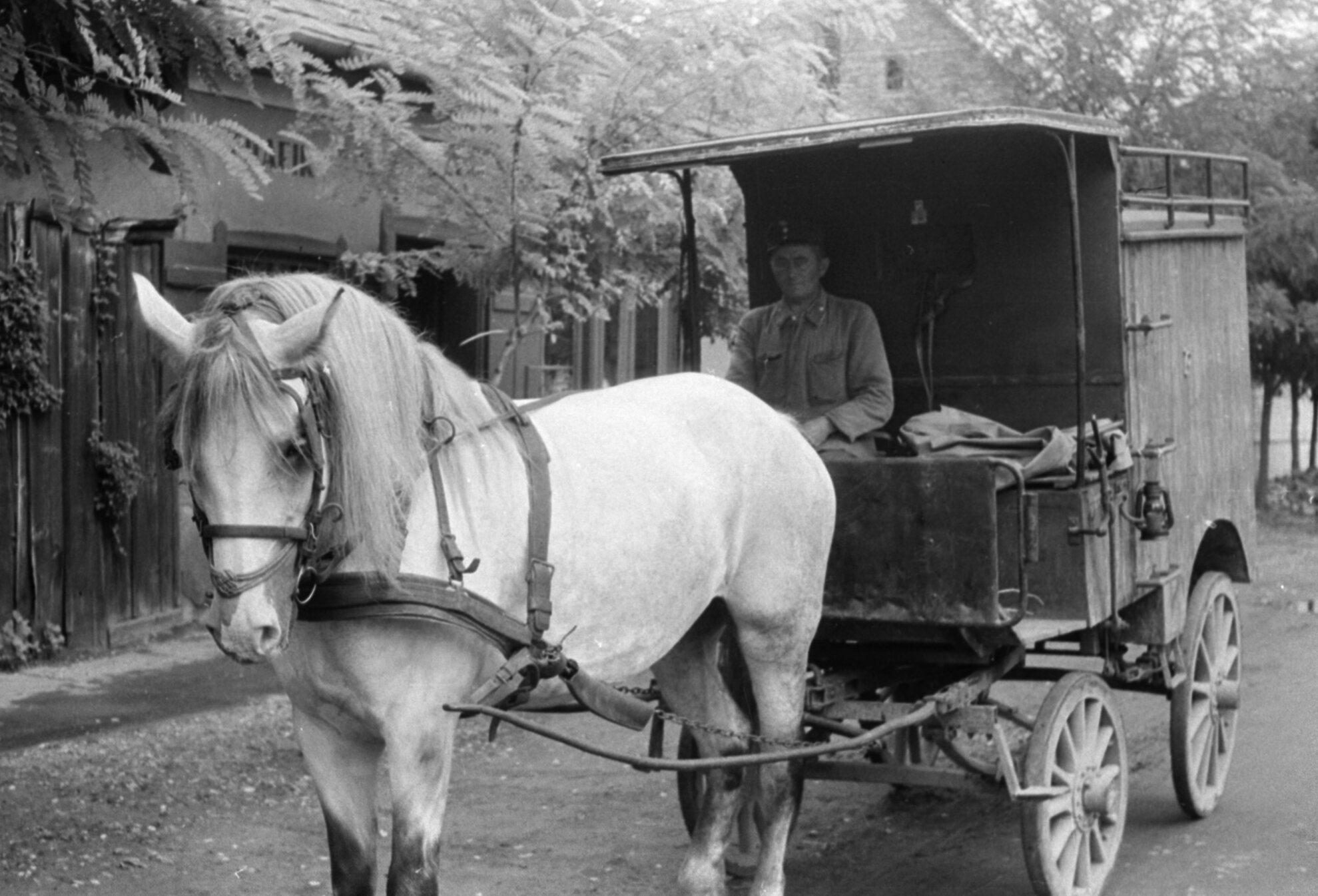
Gyorskocsi utca in
the Víziváros area of District I near the Danube had a dubious reputation due
to the penitentiary here, but the name of the street is not connected to the institution. ‘Fast Coach Street’ harks back to the 16th century when the terminus
for the mail coaches commuting between Vienna and Buda stood on the site of
the current house at Gyorskocsi utca 2.
The naming of the street commemorates
this historic service, as the coaches were high-speed ones, and the horse-drawn
carriages themselves were given this name, too, or ‘Fast Peasants’ in everyday
speech. Fortunately, the good folks of Buda plumped for ‘Fast Coach Street’ in
1879.
Source material
Mihály Ráday: Budapesti utcanevek A-Z, Corvina Kiadó, 2013
